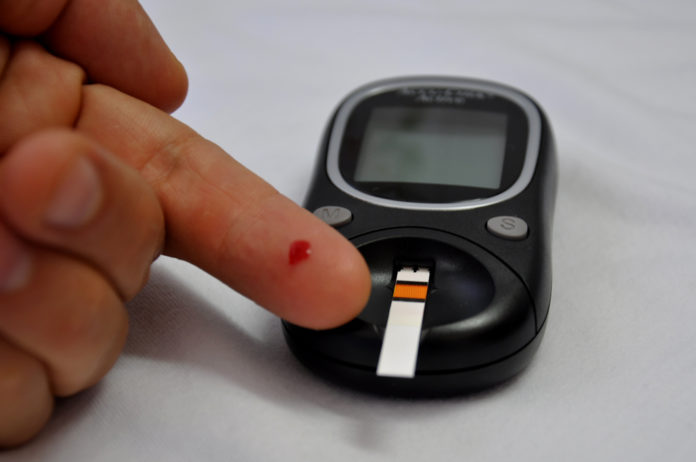The “seven year switch” in falling insulin levels could hold the key to new ways to manage Type I diabetes
The decline in insulin production that triggers diabetes continues for seven years. A team at the University of Exeter Medical School found evidence that the amount of insulin produced declines by almost 50% each year for seven years. At that point, the insulin levels stabilise.
The finding is a major step forward in understanding Type 1 diabetes and contradicts previous beliefs that the insulin produced by people with the condition drops relentlessly with time. It offers the hope that by understanding what changes after seven years, new strategies could be developed to preserve insulin secreting beta-cells in patients.
The study, published in Diabetes Care, measured C-peptide, which is produced at the same time and in the same quantities as the insulin that regulates our blood sugar. By measuring C-peptide levels in blood or in urine, scientists can tell how much insulin a person is producing themselves, even if they are taking insulin injections as treatment. The team studied 1,549 people with Type 1 diabetes from Exeter, England and Tayside, Scotland in the UNITED study.
Dr Beverley Shields, at the University of Exeter Medical School, who led the research, said: “This finding is really exciting. It suggests that a person with Type 1 diabetes will keep any working beta-cells they still have seven years after diagnosis. We are not sure why this is; it may well be that there is a small group of “resilient” beta-cells resistant to immune attack and these are left after all the “susceptible” beta-cells are destroyed. Understanding what is special about these “resilient” beta-cells may open new pathways to treatment for Type 1 diabetes.” Insulin in produced by the beta cells of the pancreas.
India is home to the second highest number of diabetics in the world. According to the estimates of the International Diabetes Federation (IDF), India had 72.9 million people with diabetes in 2017, which is projected to rise to 134.3 million by the year 2045. A vast majority of cases remains undiagnosed especially in rural areas. Type I diabetes commonly starts in childhood but can develop at any age, and causes the body’s own immune system to attack and destroy the insulin-producing cells in the pancreas, leaving the patient dependent on life-long insulin injections.
Professor Andrew Hattersley, a Consultant in Diabetes at the Royal Devon and Exeter Hospital and Research Professor at the University of Exeter Medical School, looked forward. “Now we know there is a “seven year switch”, the next question is why? Has the immune attack stopped or are we left with “super beta-cells” that can resist the immune onslaught. Any insights into halting the relentless destruction of the precious insulin-producing cells are valuable. We could not have made this progress without the help of over 1,500 patients. We owe it to them to try to find answers that might help patient care quickly,” he said.


